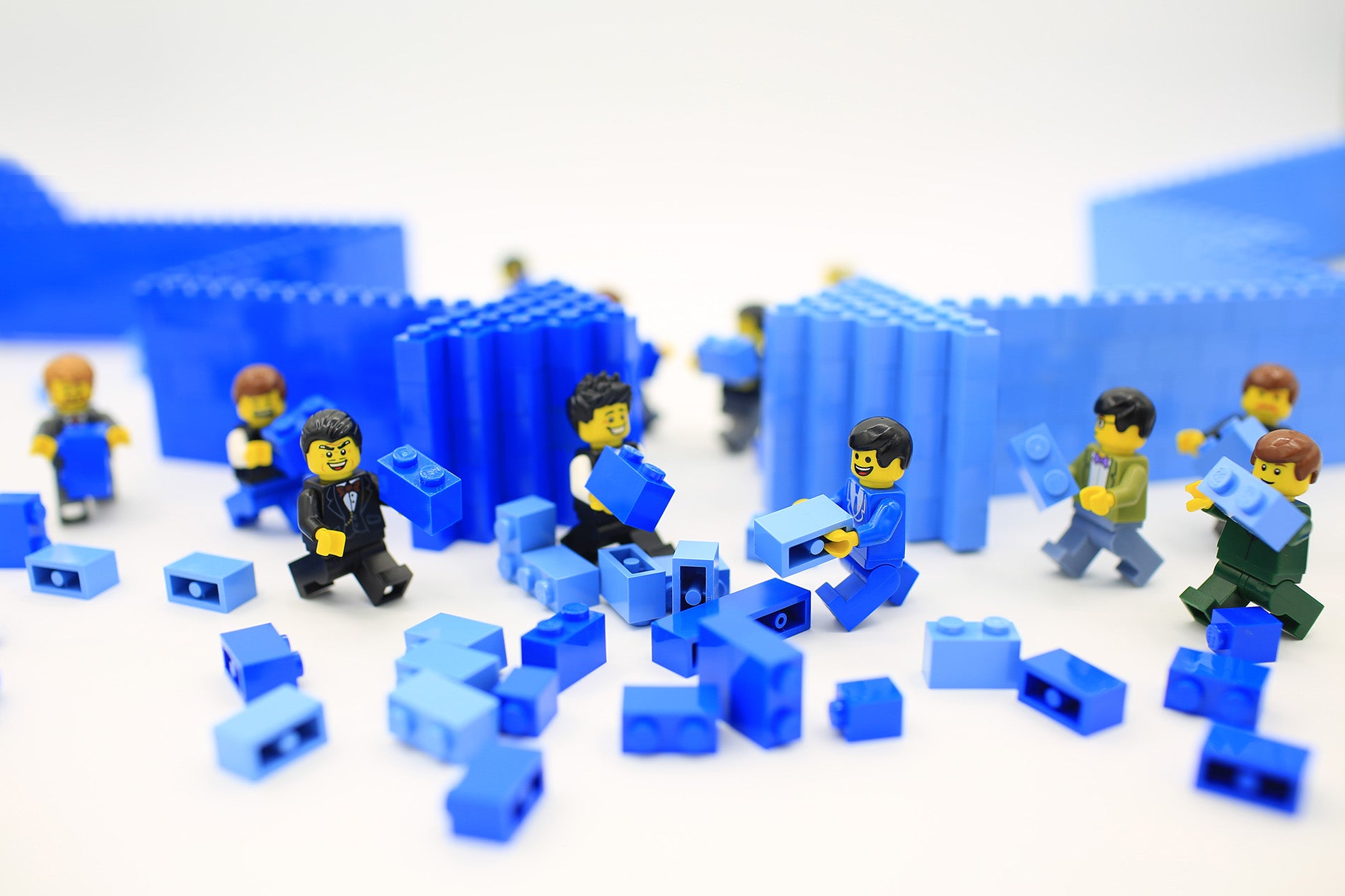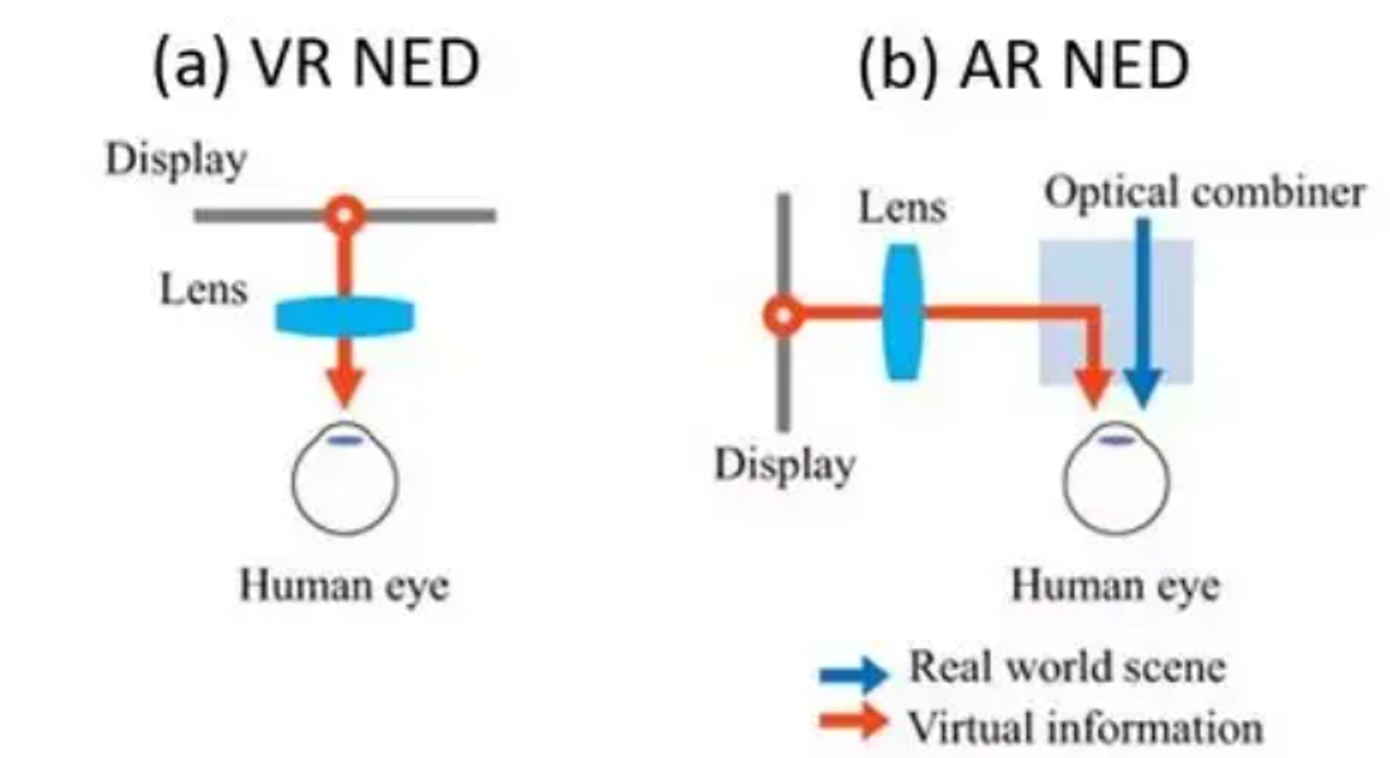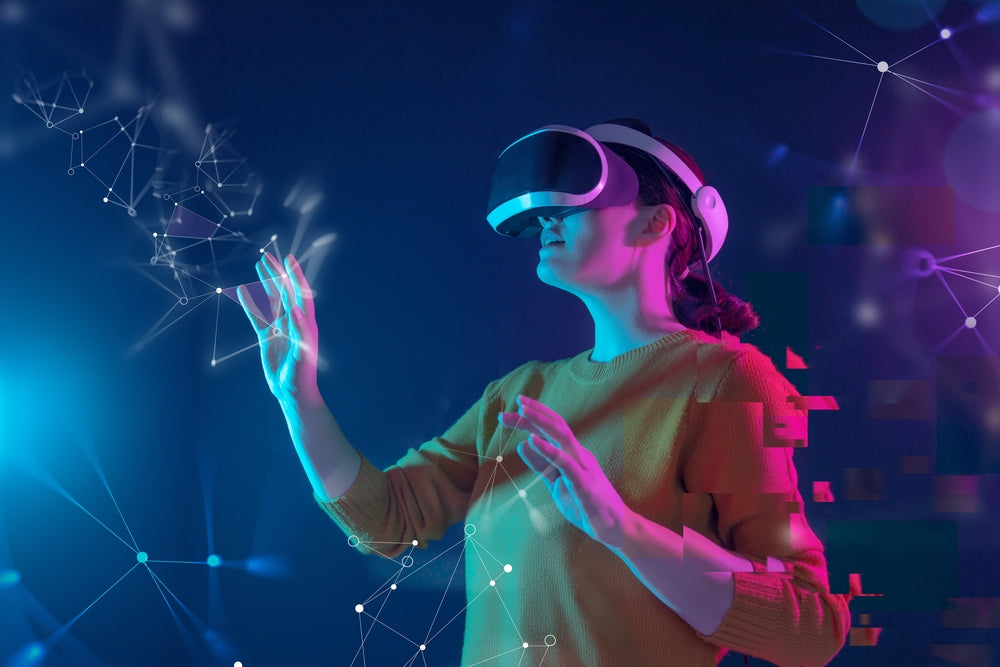
Introduction:
Welcome to the fascinating world of mixed reality, where the lines between the physical and digital realms blur, providing immersive experiences beyond imagination. In this blog, we will explore the key differences between augmented reality (AR) and virtual reality (VR), while shedding light on the unique applications of mixed reality (MR). Additionally, we'll discover the glasses and tools supporting these technologies, and explore how they shape everyday life.
Differences between AR and VR:
Augmented Reality (AR):
- AR overlays digital content onto the real world.
- Users can still perceive and interact with their physical surroundings.
- AR applications often rely on smartphones, tablets, or AR glasses for display.
Virtual Reality (VR):
- VR creates entirely digital, immersive environments.
- Users are fully immersed in a virtual world, unable to see the physical surroundings.
- VR headsets, such as Oculus Quest 2, HTC Vive Pro, or Sony PlayStation VR, deliver these experiences.
Mixed Reality (MR):
- MR blends real and virtual elements, allowing digital objects to interact with the real world.
- Users can interact with virtual objects while still being aware of the physical environment.
- MR glasses, like Microsoft HoloLens, Magic Leap One, or Nreal Light, facilitate these experiences.
Glasses and Tools for AR, VR, and MR Applications:
- Augmented Reality Glasses:
- Microsoft HoloLens: A popular MR headset, providing a wide field of view and accurate spatial mapping.
- Google Glass Enterprise Edition: Designed for industrial use, it overlays relevant information onto workers' field of view.
- Epson Moverio BT-300: Lightweight AR glasses offering hands-free interactions and multiple application support.
- Virtual Reality Headsets:
- Oculus Quest 2: A wireless VR headset with impressive performance and a vast content library.
- HTC Vive Pro: Known for its high-resolution displays and precise tracking, offering a premium VR experience.
- Sony PlayStation VR: Integrates seamlessly with PlayStation consoles, providing an immersive gaming experience.
- Mixed Reality Glasses:
- Magic Leap One: A pioneering MR headset with spatial audio and advanced 3D mapping capabilities.
- Nreal Light: A sleek, consumer-friendly MR device that connects to compatible smartphones for mixed reality experiences.
- Vuzix Blade: Combines AR and VR features, displaying notifications and virtual content in a stylish form factor.
Examples of AR, VR, and MR in Daily Life:
Augmented Reality (AR):
- Navigation Assistance: AR apps like Google Maps overlay directions on the real world, guiding users to their destination.
- Furniture Shopping: AR-powered furniture apps enable customers to visualize how items look in their home before purchase.
- Language Translation: AR translation apps can instantly convert foreign signs into the user's native language.
Virtual Reality (VR):
- Gaming: VR gaming immerses players in realistic and fantastical worlds, providing an unparalleled gaming experience.
- Training and Simulation: VR simulations are used in fields like aviation and healthcare to train professionals in safe environments.
- Virtual Travel: VR tourism allows users to explore far-off destinations and historical landmarks without leaving their homes.
Mixed Reality (MR):
- Industrial Design: MR enables designers to visualize and interact with 3D prototypes in a real-world context.
- Remote Collaboration: MR platforms facilitate virtual meetings, where participants interact with lifelike avatars and share 3D content.
- Home Decoration: MR apps let users virtually place furniture and decorations within their physical living spaces.
Conclusion:
In the vast spectrum of mixed reality, augmented reality (AR), virtual reality (VR), and mixed reality (MR) coexist, each offering unique experiences and opportunities. As technology continues to advance, the boundaries between these realms will likely blur further, paving the way for even more exciting applications in our daily lives. Embrace the future of immersive technology and let your imagination take flight!
Read more

MIPI Alliance: The Bridge of the Mobile Industry Hello everyone! Today, I want to discuss a seemingly mysterious topic that's actually influencing our lives every day: the MIPI Alliance. Some of y...

Introduction Augmented Reality (AR) and Virtual Reality (VR) are widely concerned fields of science and technology in recent years. Their near-eye display systems project the pixels on the display ...



Leave a comment
This site is protected by hCaptcha and the hCaptcha Privacy Policy and Terms of Service apply.